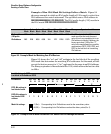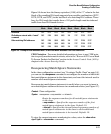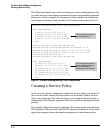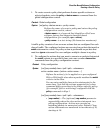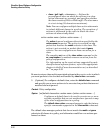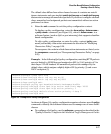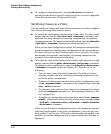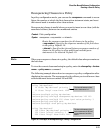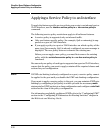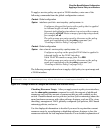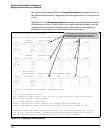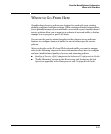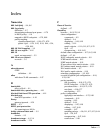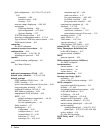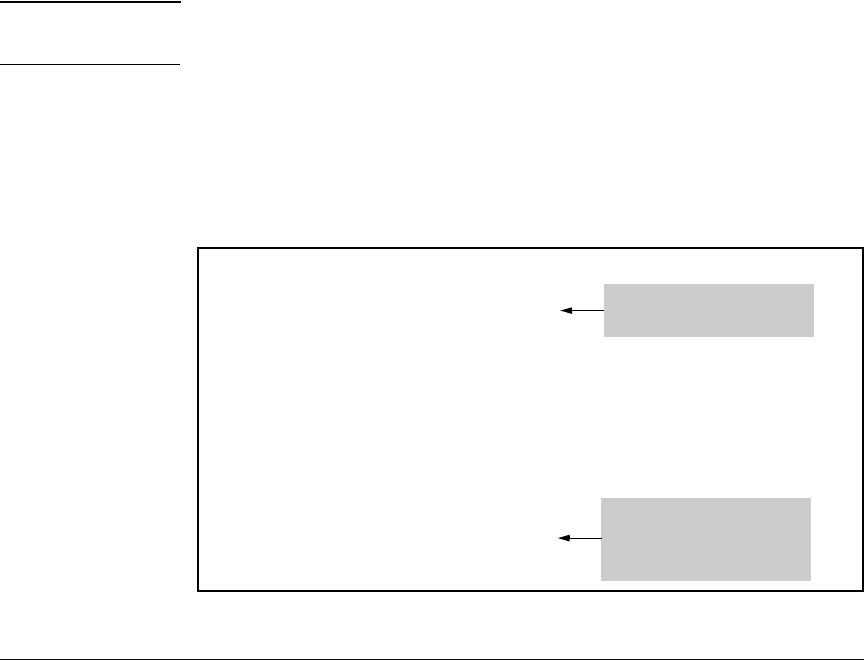
Classifier-Based Software Configuration
Creating a Service Policy
Resequencing Classes in a Policy
In policy configuration mode, you can use the resequence command to recon-
figure the number at which the first class-action statement starts, and reset
the interval used to number other class-actions.
Resequencing classes is useful when you want to insert a new class (with its
associated actions) between two numbered entries.
Context: Policy configuration
Syntax: resequence < seq-number > < interval >
Resets the sequence numbers for all classes in the policy.
< seq-number > : Specifies the sequence number of the first class
in the policy. Default: 10.
< interval > : Specifies the interval between sequence numbers of
classes in the policy to allow additional match/ignore
statements to be inserted. Default: 10.
Note When you resequence classes in a policy, the default class always remains as
the last class.
To view the current class numbering in a policy, enter the show policy < feature-
name > < policy-name > command.
The following example shows how to resequence a policy configuration after
displaying its contents. The resequenced policy allows you to add a new class-
action statement between entries 100 and 200.
ProCurve(config)# show policy My-devices
Policy “My-devices"
10 Class “My-devices" priority 7
The interval between class-
action statements is 1.
11 Class “http” rate-limit 1000
...
ProCurve(config)# policy My-devices
ProCurve(policy-config)# resequence My-devices 100 100
ProCurve(policy-config)# 150 class ipv4 voice priority 3
ProCurve(policy-config)# exit
ProCurve(config)# show policy My-devices
Policy “My-devices"
100 Class “My-devices" priority 7
The interval between class-
action statements is 100, and
150 Class “voice” priority 3
a new statement has been
200 Class “http” rate-limit 1000
added.
...
Figure 9-9. Example of Resequencing a Policy Configuration
9-29




